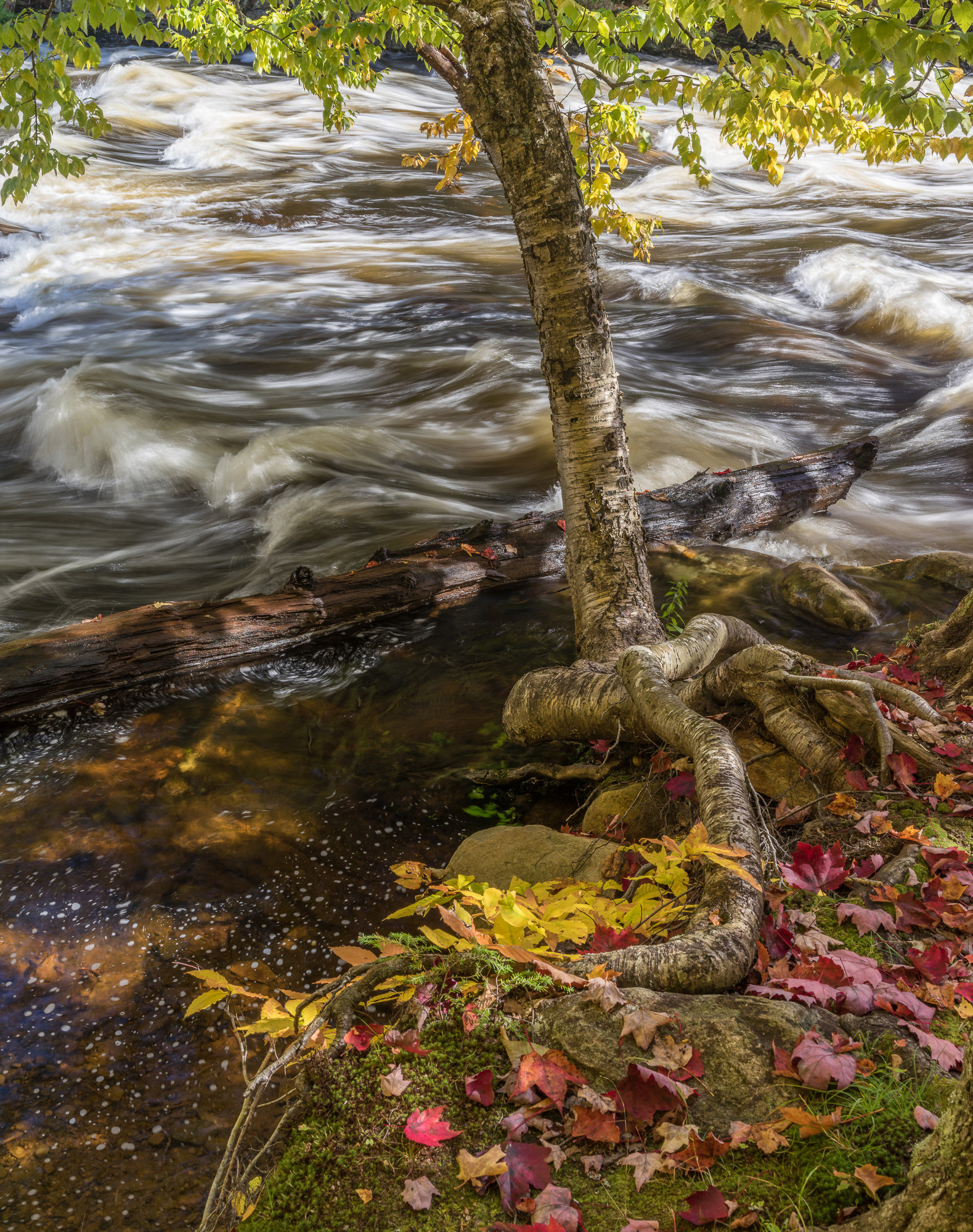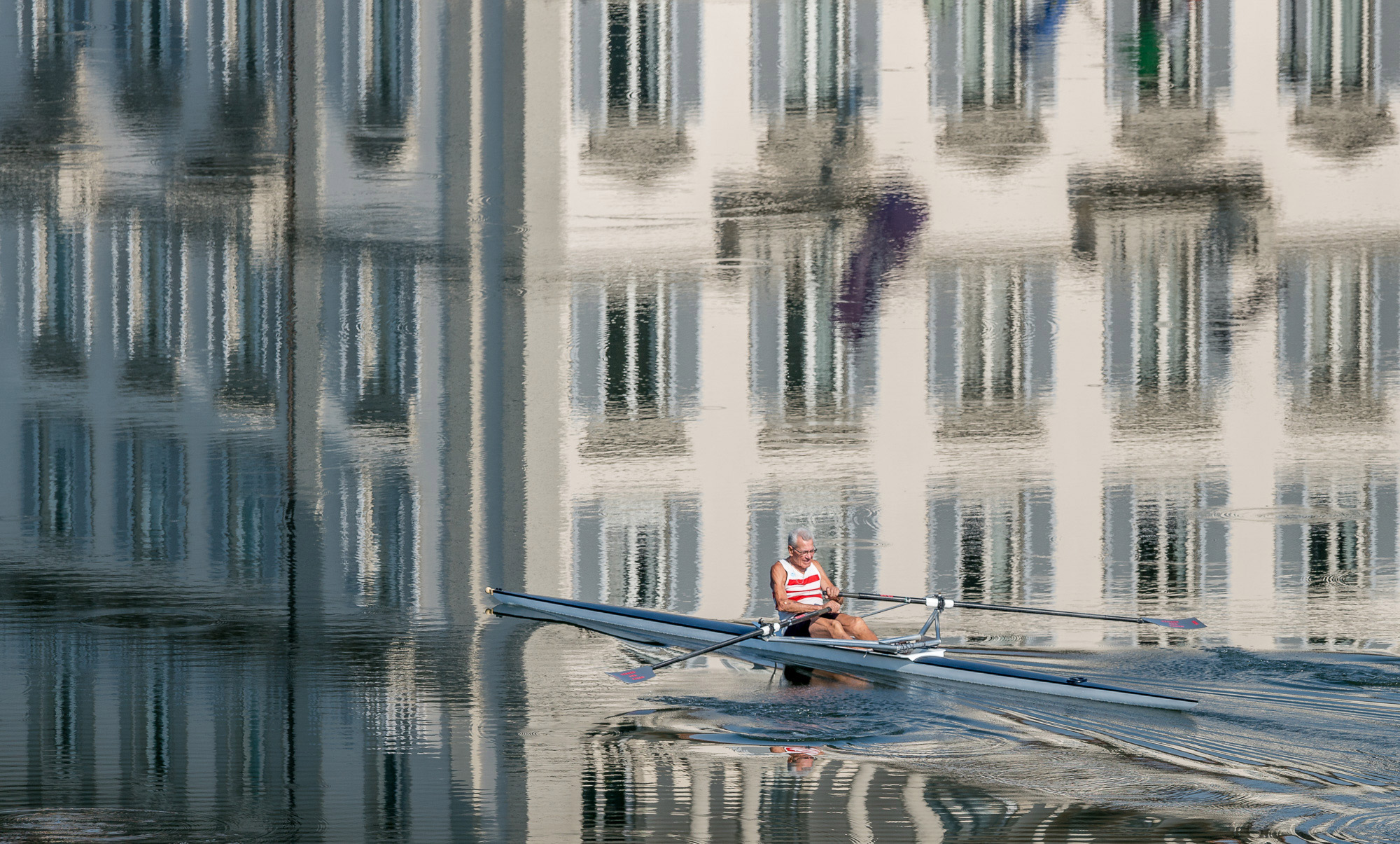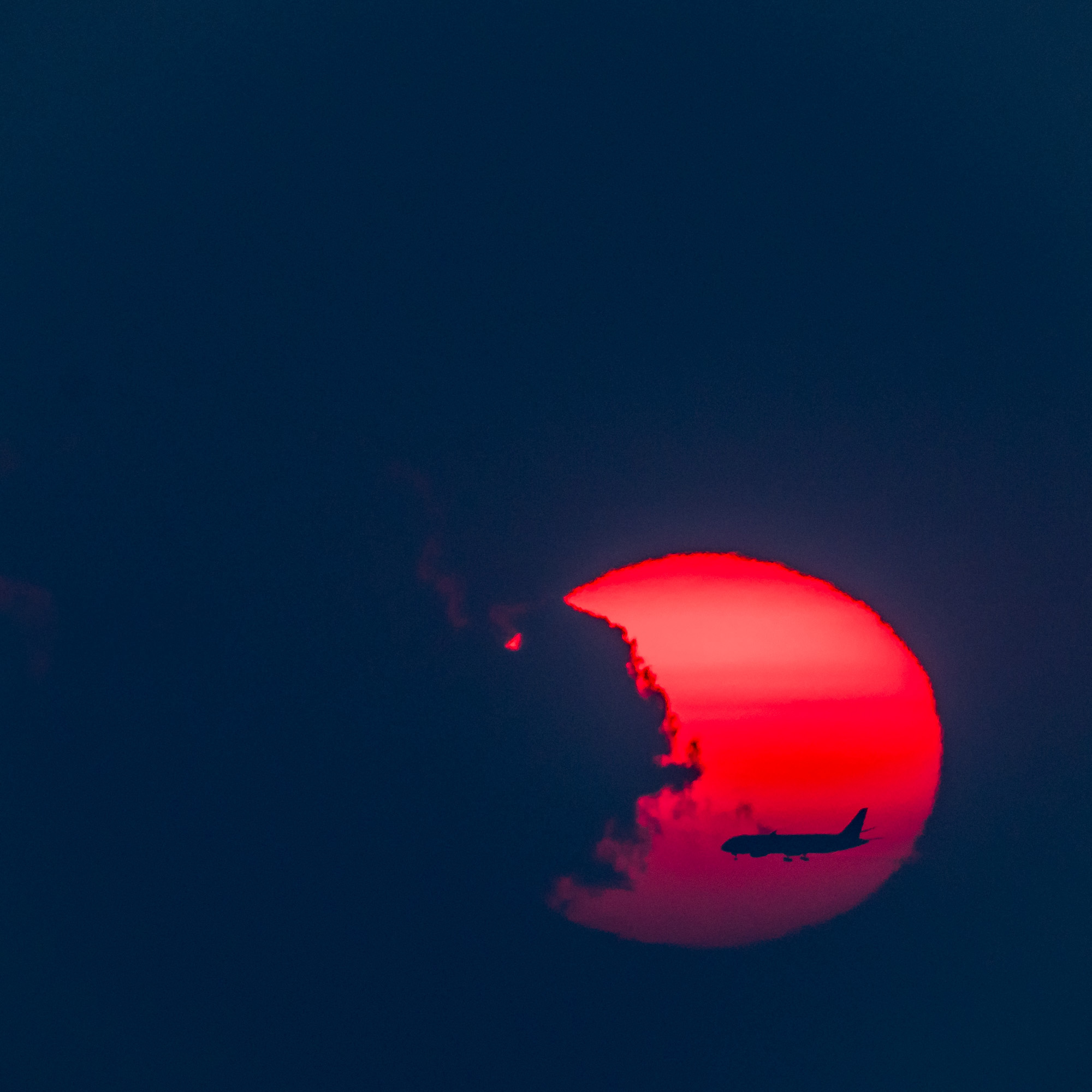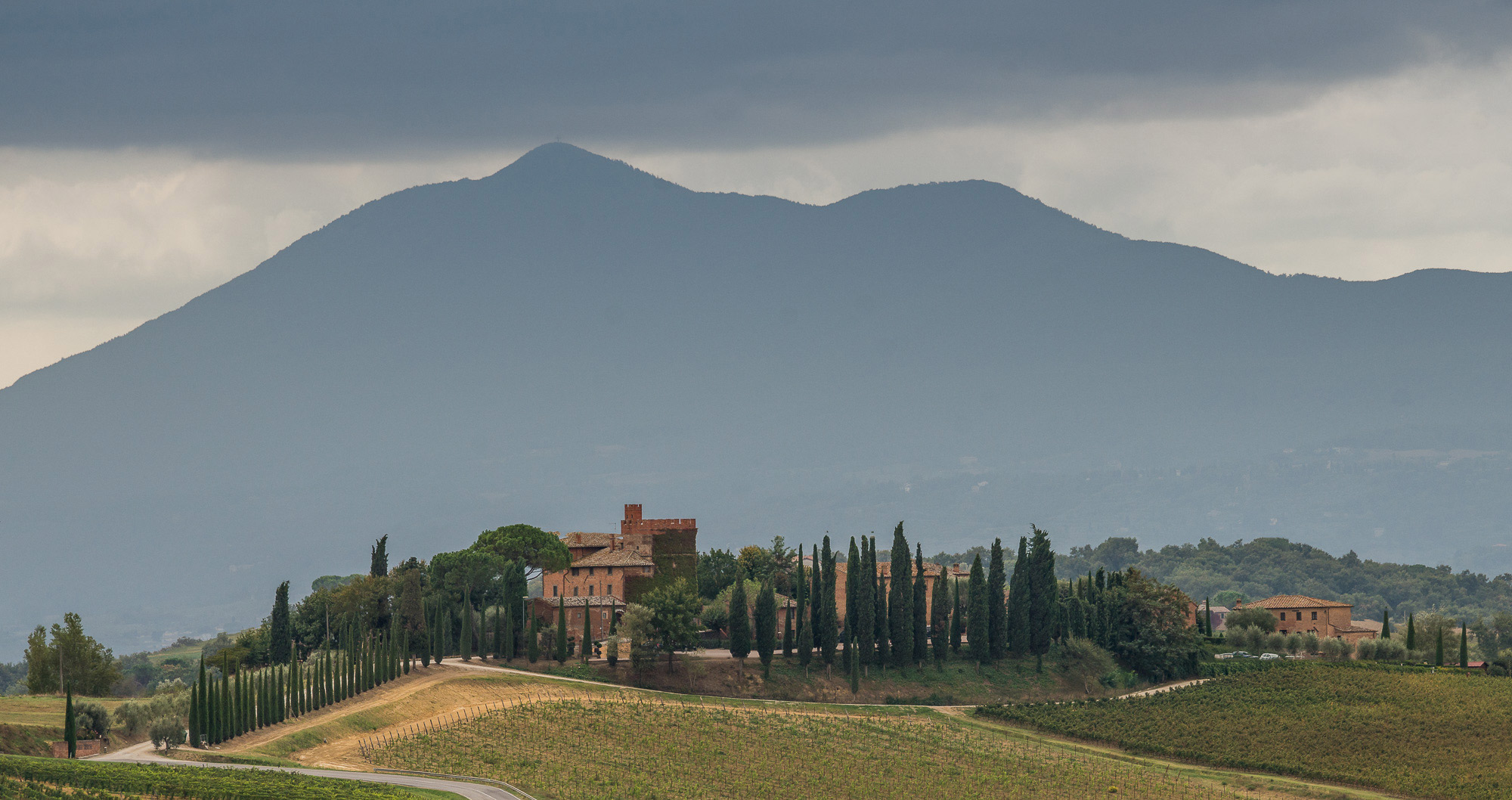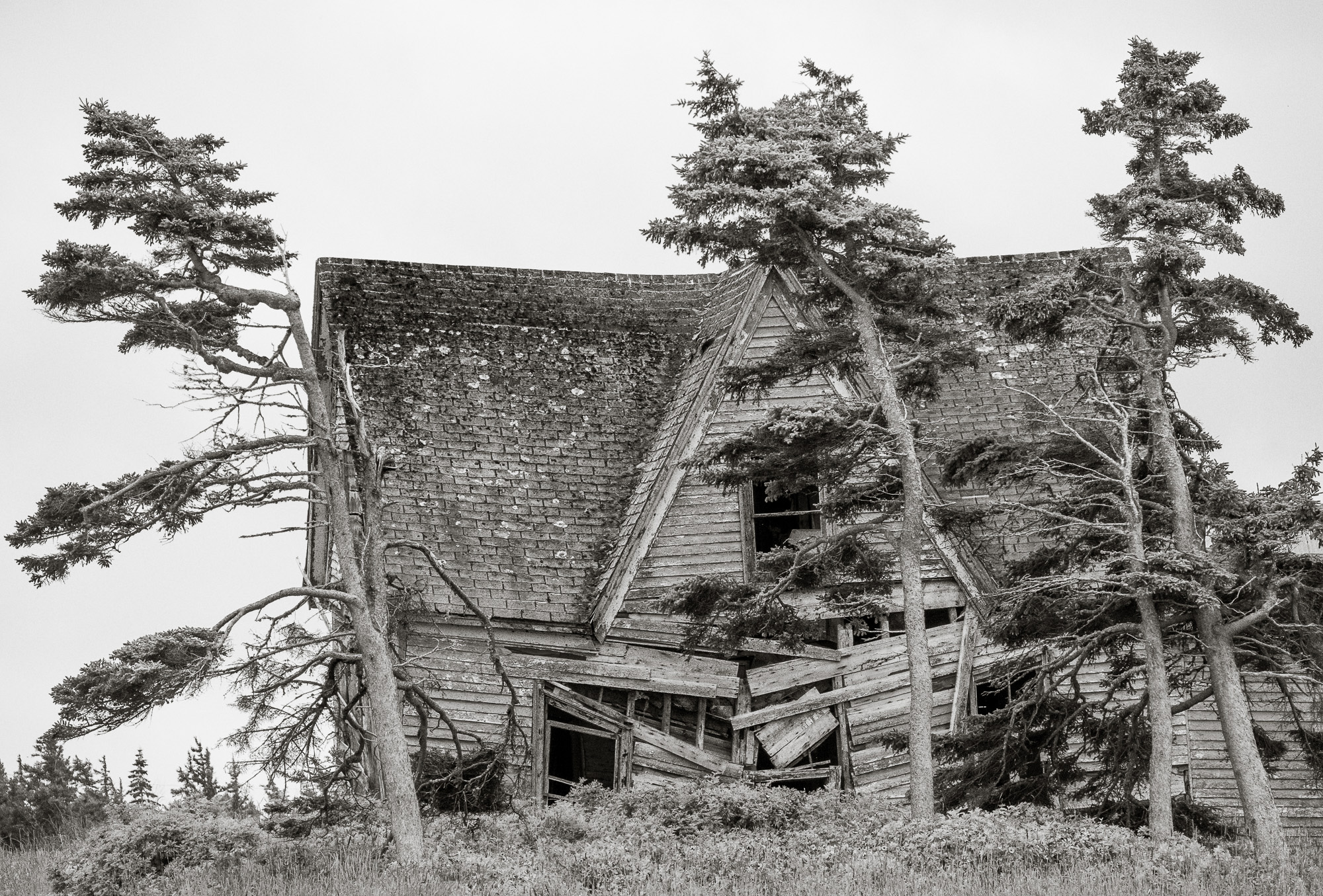



Plato wrote in one of his dialogues with Socrates:
‘He who has been instructed thus far in the things of love, and who has learned to
see the beautiful in due order and succession , when he comes to the end will
suddenly perceive a nature of wondrous beauty ……beauty absolute , separate ,
simple , and everlasting , which is imparted to the ever-growing and perishing
beauties of all other beautiful things , without itself suffering diminution , or
increase, or any change. He who , ascending from these earthly things under the
influence of true love , begins to perceive that beauty, is not far from the end. And
the true order of going , or being led by another , to the things of love, is to begin
from the beauties of earth and mount upwards for the sake of that other beauty ,
using these as steps only, and from one going on to two , and from two to all fair
bodily forms , and from fair bodily forms to fair practices , and from fair practices
to fair sciences, until from fair sciences he arrives at the science of which I have
spoken , the science which has no other object than absolute beauty , and at last
knows that which is beautiful by itself alone. This, my dear Socrates,’ said the
stranger of Mantinea , ‘is that life above all others which man should live , in the
contemplation of beauty absolute….. But what if a man had eyes to see the true
beauty , – the divine beauty I mean , pure and clear and all unalloyed , not infected
with the pollutions of the flesh and all the colours and vanities of mortal life , –
thither looking, and holding converse with the true beauty simple and divine?
Remember how in that communion only , beholding beauty with that by which it can
be beheld , he will be enabled to bring forth not images of beauty , but realities
(for he has hold not of an image but of a reality ) and bringing forth and nourishing
true virtue will properly become the friend of God and be immortal , if mortal man
may.’
We might consciously or unconsciously follow Plato’s proscriptions for an inherent or accessible beauty matched and married to moral rectitude, divinity and revealed symmetry. No doubt there is truth there! One can do a deep dive into platonic solids, Mandelbrot theory, fractals, and pursue the line into Leonardo’s Vitruvian Man and notice how this all manifests before our eyes (and because of them) onto the landscapes we capture with our photography.
But what of the wabi-sabi? The off-kilter, the a-symmetrical both in form and in content? How does this affect us as humans and inspire the artist?


The idea of the strange seems truly subjective. Capturing the obtuse moment, or fabricating a scenario which opens up to mystery, has always been my motivation for photography, film, and art in general. The reasons might be traceable, but are also the domain of the muse. This is not something that can necessarily be taught, but it can be encouraged and invited. You are here-by invited to get strange!
There is a long history in America (and elsewhere of course) that seeks to showcase not only the churning underbelly of culture showcasing all sorts of wildness and idiosyncrasies, some frightening and others disturbed but quaint, but also the partial frame, the image as a hint.
Beyond these usual mystical or grotesque themes and approaches, there is a deeper layer at work. A humanizing element. As we penetrate into what is absurd and genuinely mysterious, we ask ourselves questions. We begin to poke through the mundane or the “acceptable”. Riding the line between novelty, shock, and what is truly engaging seems the trick. Let intuition also be your ever present guide. Our intuition never fades, we just lose contact with it.
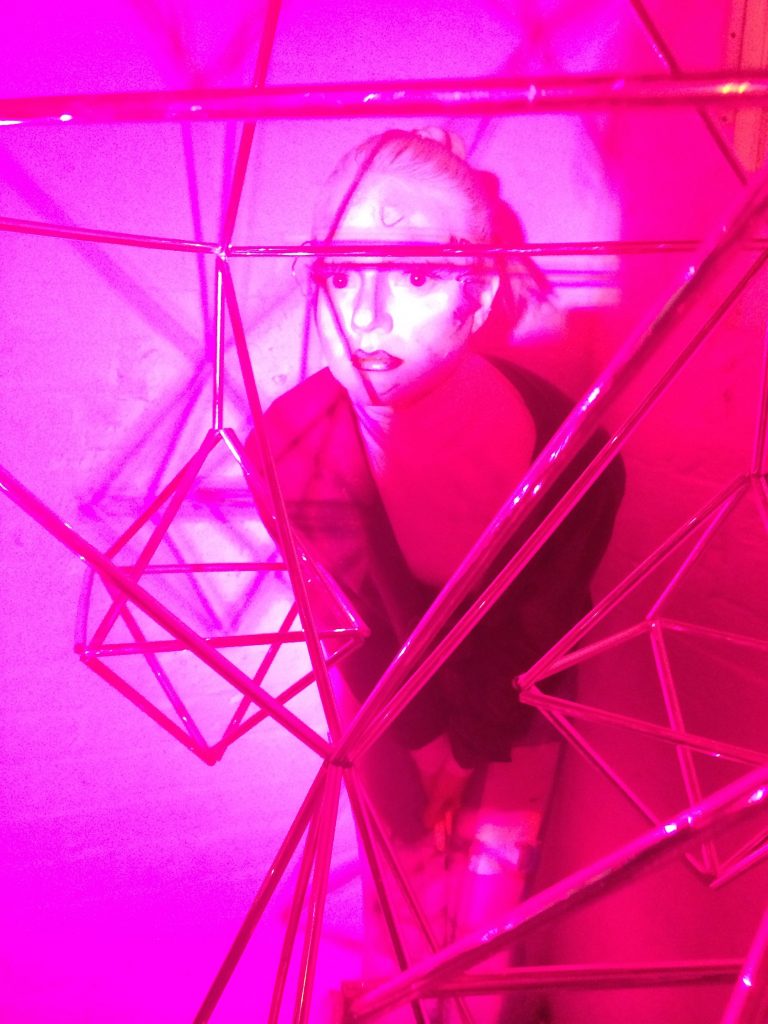

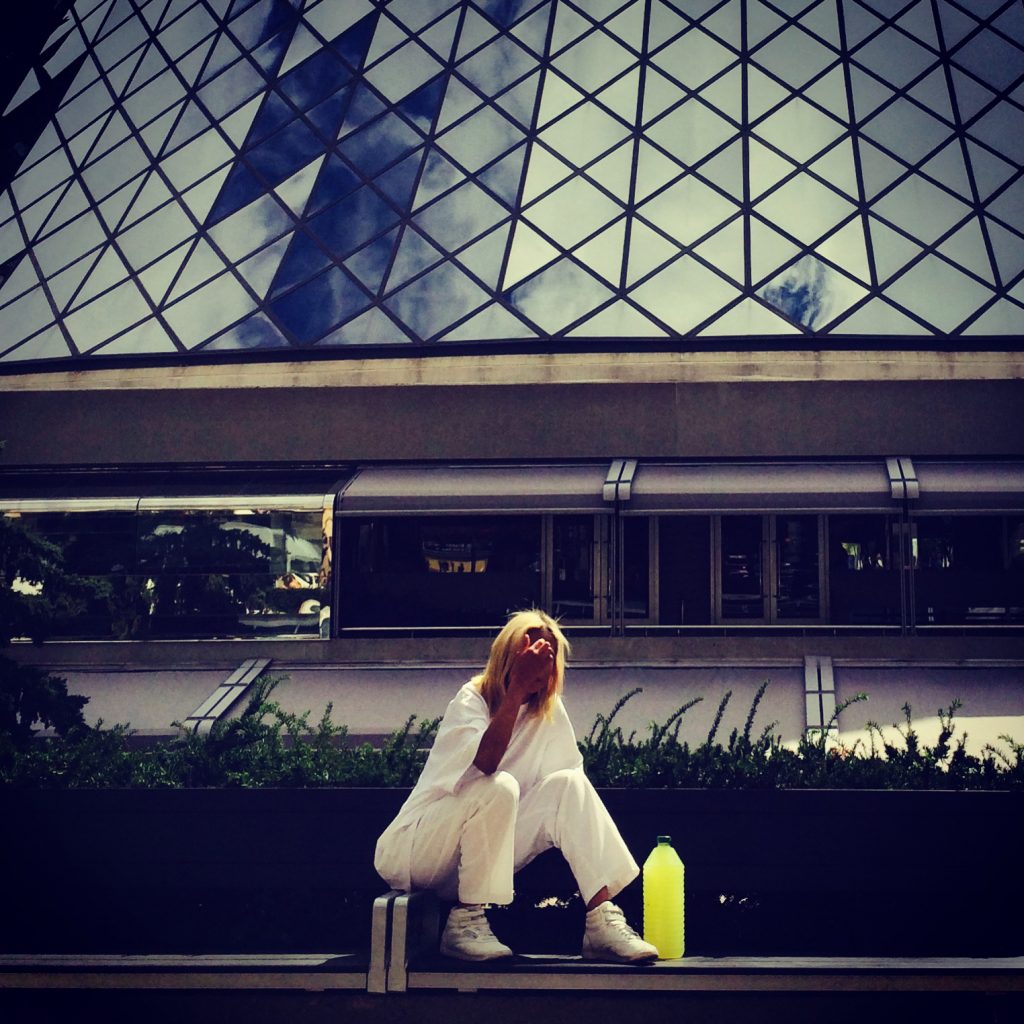

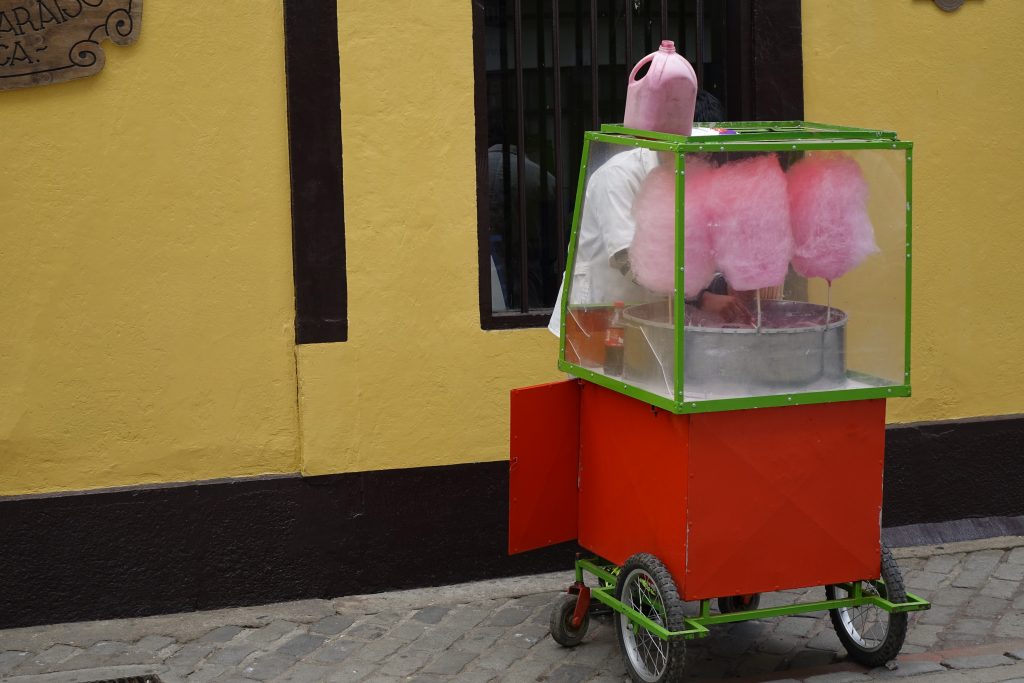

The mystery is in why we are captivated by boundaries being expanded, and why some of us attract to uncommon aesthetics. Aesthetics premised on strange framing, strange lighting, uncanny bodies, and environments at confusing times and in unsettling places.
These kinds of images are my favorite. They do not need to be overt or hyper dramatic to captivate. The alchemy is in the strange becoming beautiful, and conversely, the traditionally elegant seeming to become strange before our eyes depending on how we present it.
Developing an appreciation for this takes the willingness to see in a new light, literally. The light and contours which regularly encourage our attention might begin to grey unless we step out and see them anew.
My own excitement to shoot and make films comes from a desire to expose a state of being, which is unconventional and yet relatable. I have no idea how often I achieve this and to what degree. I am certainly happy with an image or film I make when it continues to inspire me years later for similar reasons it initially did.




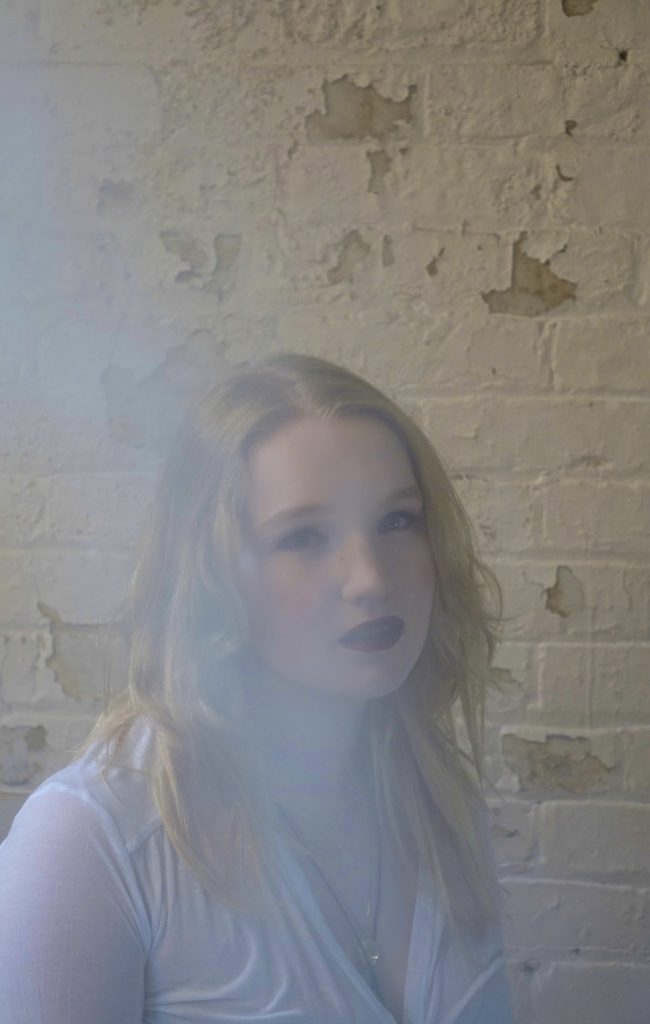



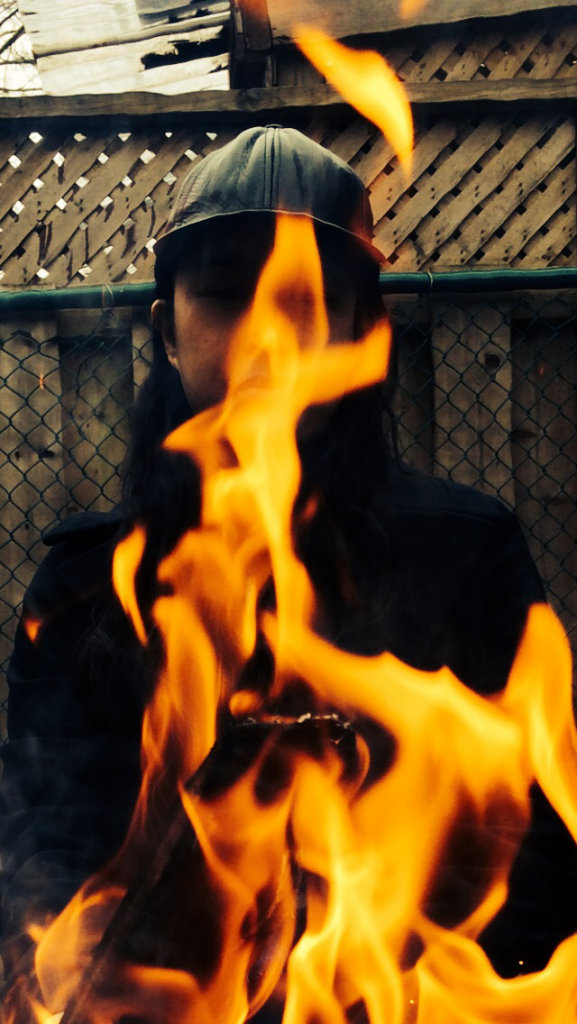



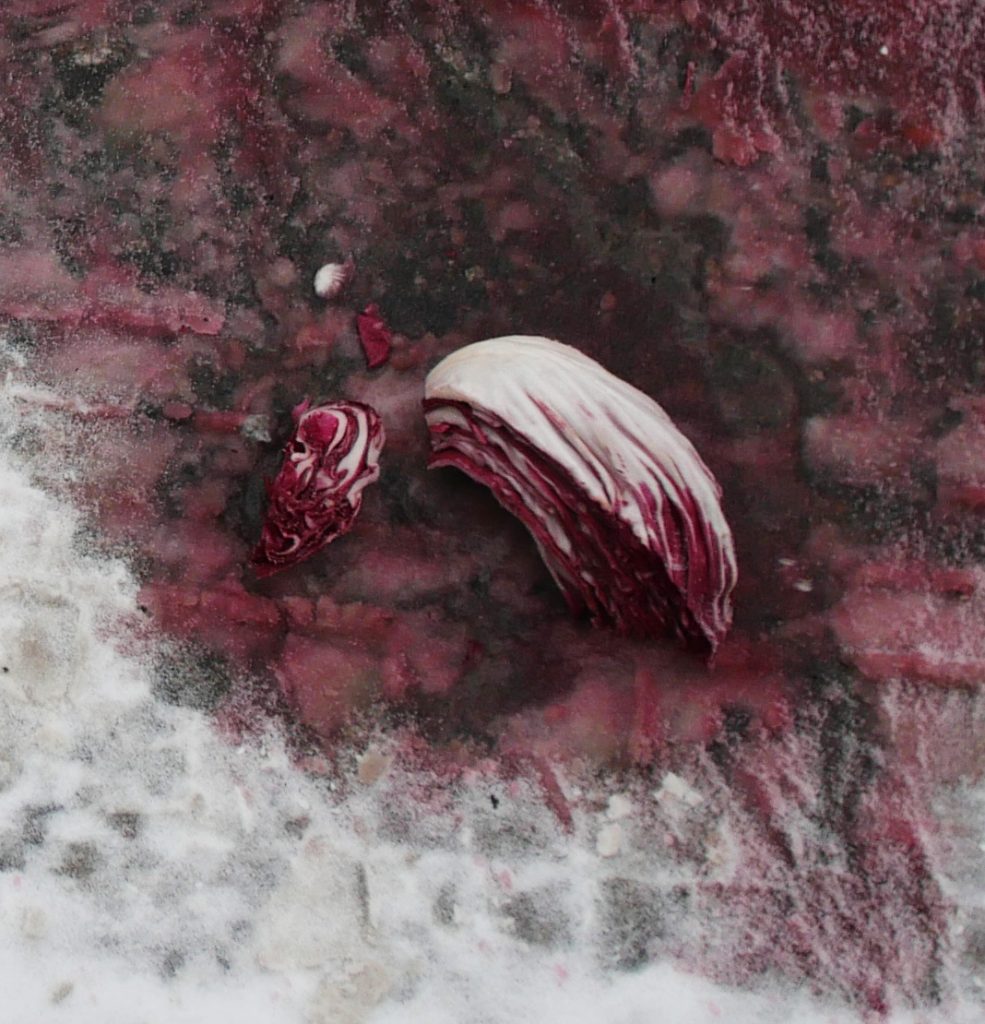



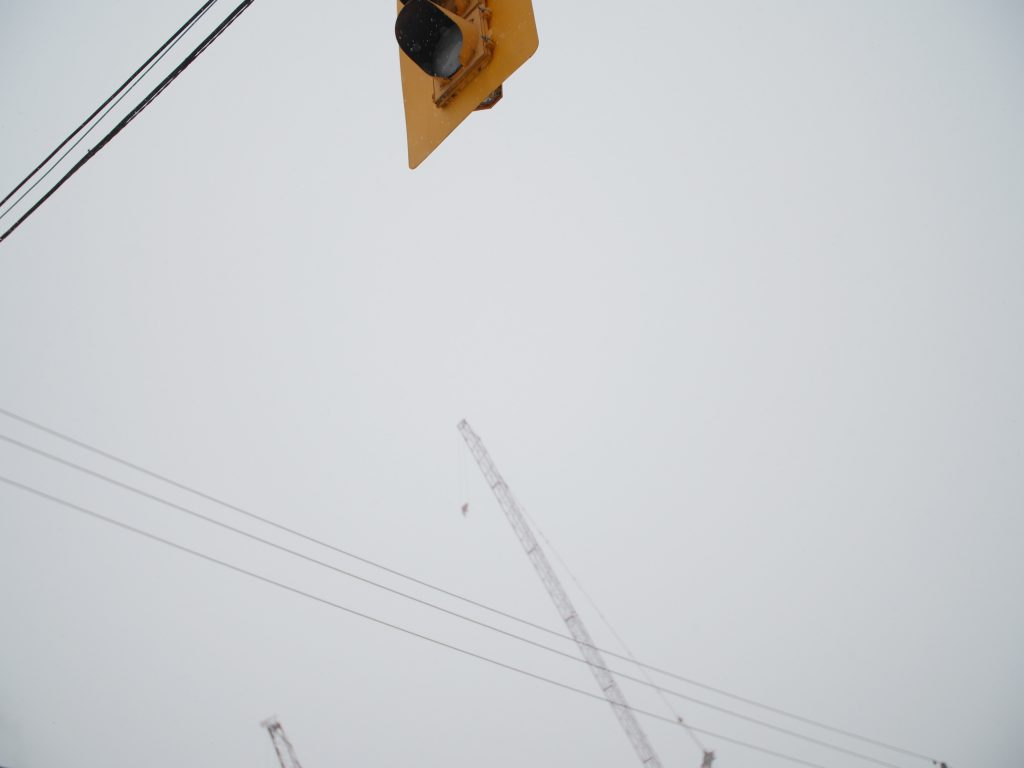

When I head out to shoot, or if I am simply observing reality and end up wandering into the poetic vortex of a moment and scene worth capturing, I am always captivated to find or excited to see the hinterland of a subject. That is, the element in the frame which suggests that something is being left unsaid. Be it a person, object or moment of gazing out at a more substantial landscape frame, I am usually attracted to something which generates contrast or asks a question. The question is often self-refuting by virtue of the magic. What does this mean? There is a sense of questioning and beckoning in the shot, but that is simply an open-ended proposition. One which both my self and the viewer will have to absorb and hopefully find some unconventional beauty within. Perhaps that is not so strange.
Josh Reichmann
October 2019







